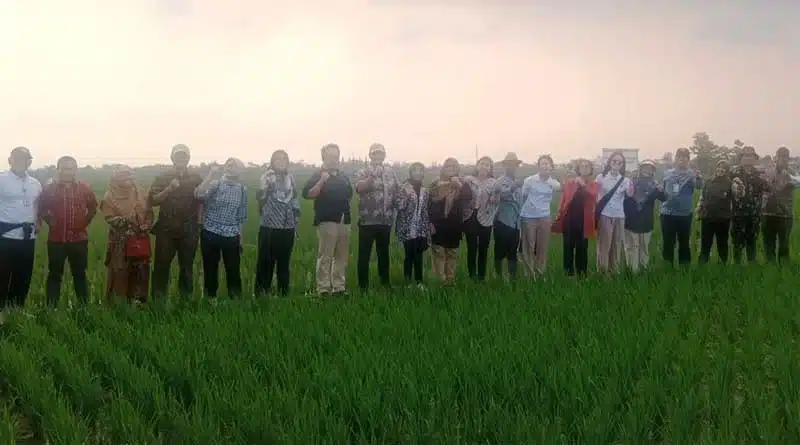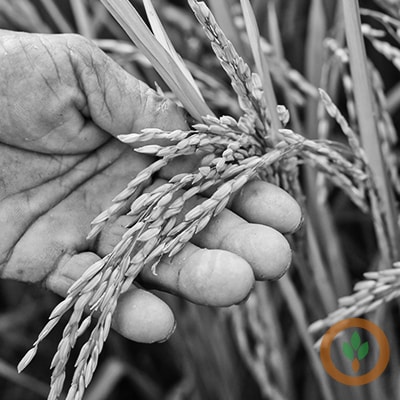Tags
Farmers find ways to make use of leftover rice straw
CHONGQING — While Chinese people enjoy the pleasure of harvesting rice, an annoying problem often gets in their way — the leftover rice straw.
In 2022 alone, Southwest China’s Chongqing, for instance, produced 10 million metric tons of straw, which is nearly on par with its output of grain.
There are essentially two methods for disposing of rice straw: burning it or cutting it into pieces and throwing it back in the fields.
The first method will produce thick smoke and has been largely banned by the country in order to protect the environment. The latter can potentially add nutrients to the soil, but also carries the risk of introducing pests to the fields.
“Since the authorities banned the burning of straw, we have been troubled by how to dispose of it,” said Ye Hongmei, a local who rents more than 47 hectares of farmland with a rotation of rice and rapeseed every year. “But now things are changing.”
In recent years, Dianjiang county in Chongqing, where Ye’s land is located, has explored multiple ways to make use of the straw.
At Zhushihua Renewable Resources Utilization Co in Zhoujia township, Dianjiang, the farmland has stacks of straw.
“The high-quality straw has been purchased by liquor factories to make yeast for distillers, while straw of lesser quality will be processed into cushions, which glass and steel factories badly need,” said Wu Mengyuan, co-founder of the company. “We can collect more than 2,000 tons of straw from the local villagers.”
Dianjiang has used idle sites, including abandoned schools and factories, to build 17 straw collection stations. These stations can collect and consume 50,000 tons of straw every year, said Zou Qizhong, director of Dianjiang’s agricultural ecological services station, adding that the straw processed in the county is collectively worth about 59 million yuan ($8 million).
In addition, Dianjiang also seeks to process straw into animal feed or organic fertilizers. Six feed factories and two fertilizer factories are now under construction. Once they are built, they are expected to consume about 23,000 tons of straw per year combined.
The utilization of rice straw has delivered real gains to local farmers.
Wu buys straw from local farmers at a price of 1,400 yuan per ton. That is to say, one hectare of land can earn the farmers about 5,250 yuan, which can fully cover the costs of the seeds and fertilizers in the coming year.
In addition, residents are finding work at the new factories. In Zhoujia, straw utilization and collection factories can provide about 1,500 jobs for the locals, according to Zhong Juan, director of the township’s agricultural service center.
“My family of three earns more than 20,000 yuan every year by working at nearby factories, and another 1,500 yuan by selling straw,” said Jiang Lil5, 63, who once lived in poverty.
Prior to the straw utilization measures, many burned the straw secretly.
Burning straw creates an array of problems. Not only does the thick smoke harm the environment, it can also drift onto to nearby highways and make it hard for drivers to see.
It also creates wildfire risks, Zou said.
“Burning straw openly is a rare occurrence nowadays. These measures of utilizing straw have resulted in positive outcomes, both economically and ecologically,” he added.
Xinhua
https://www.chinadaily.com.cn/a/202402/27/WS65dd5732a31082fc043b9513.htmlPublished Date: February 27, 2024







